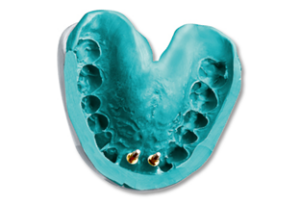The polyether impressions are the most hydrophilic elastomeric impressions out there. Dentists don’t need any special equipment for these materials. If used properly they are very dimensionally stable. Can be poured more than once. Very acceptable by the patients because of the nice smell. Polyether materials have a good accuracy and tear resistance.
Our Location
Call Us
Send a Mail
Working hours
9-6 PM Monday to Saturday

